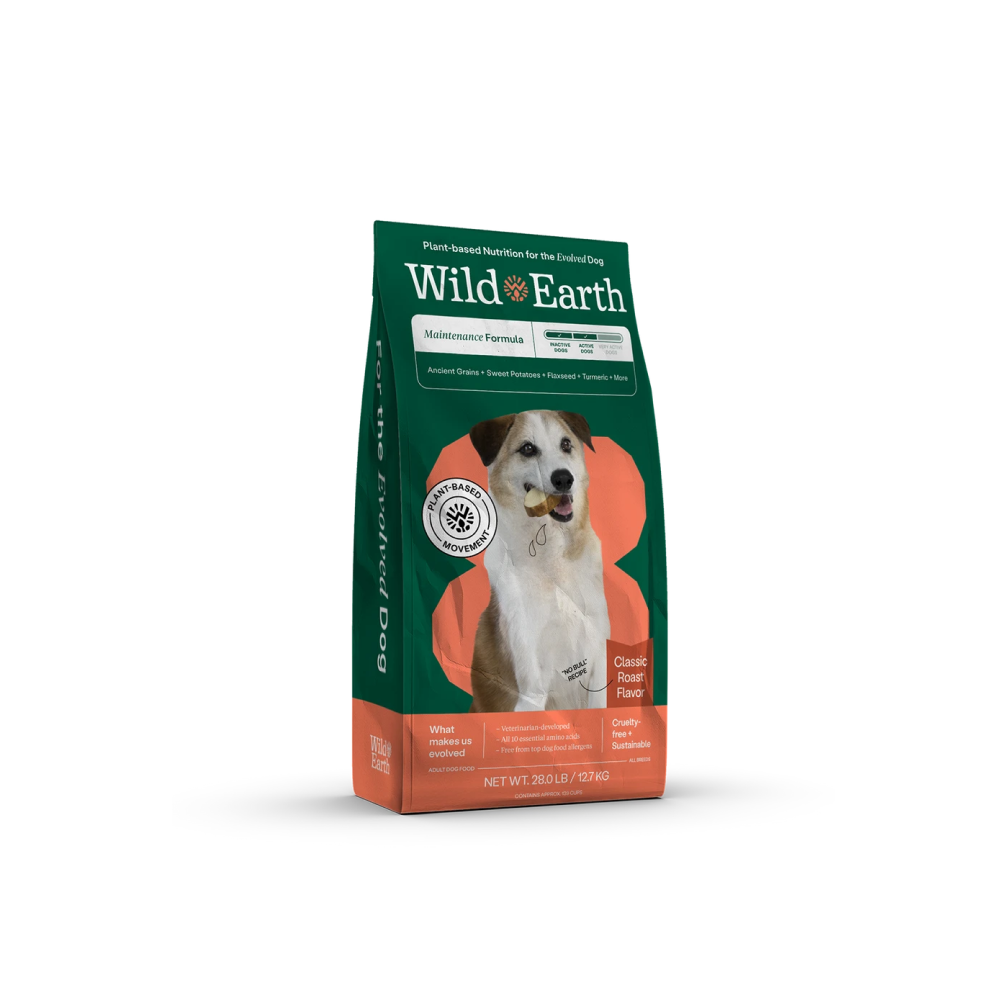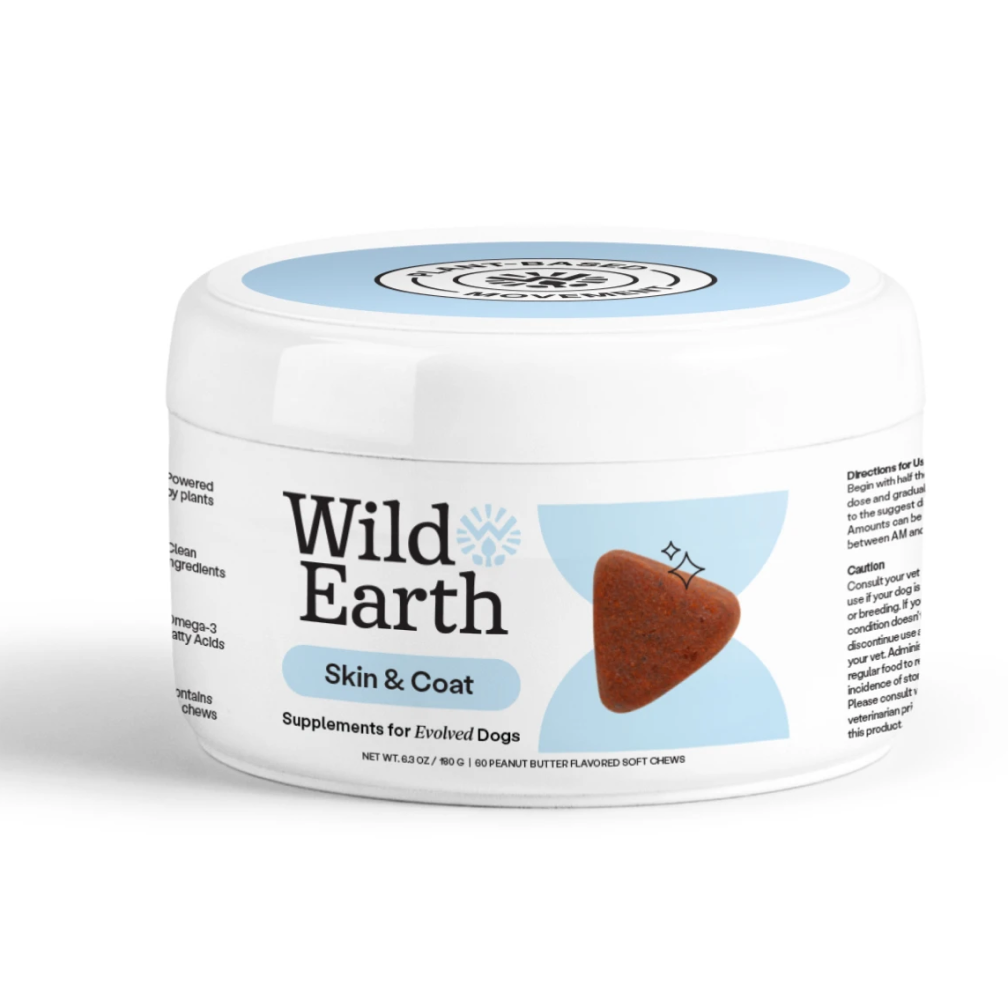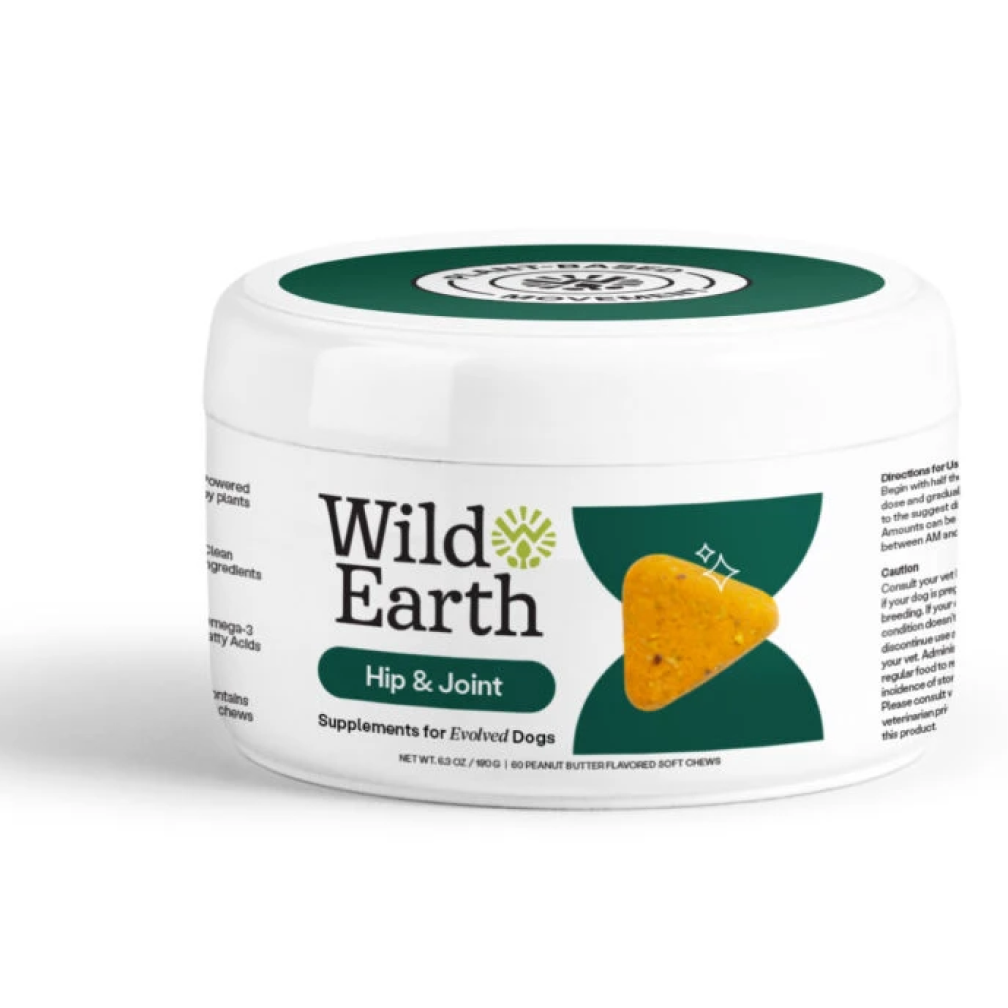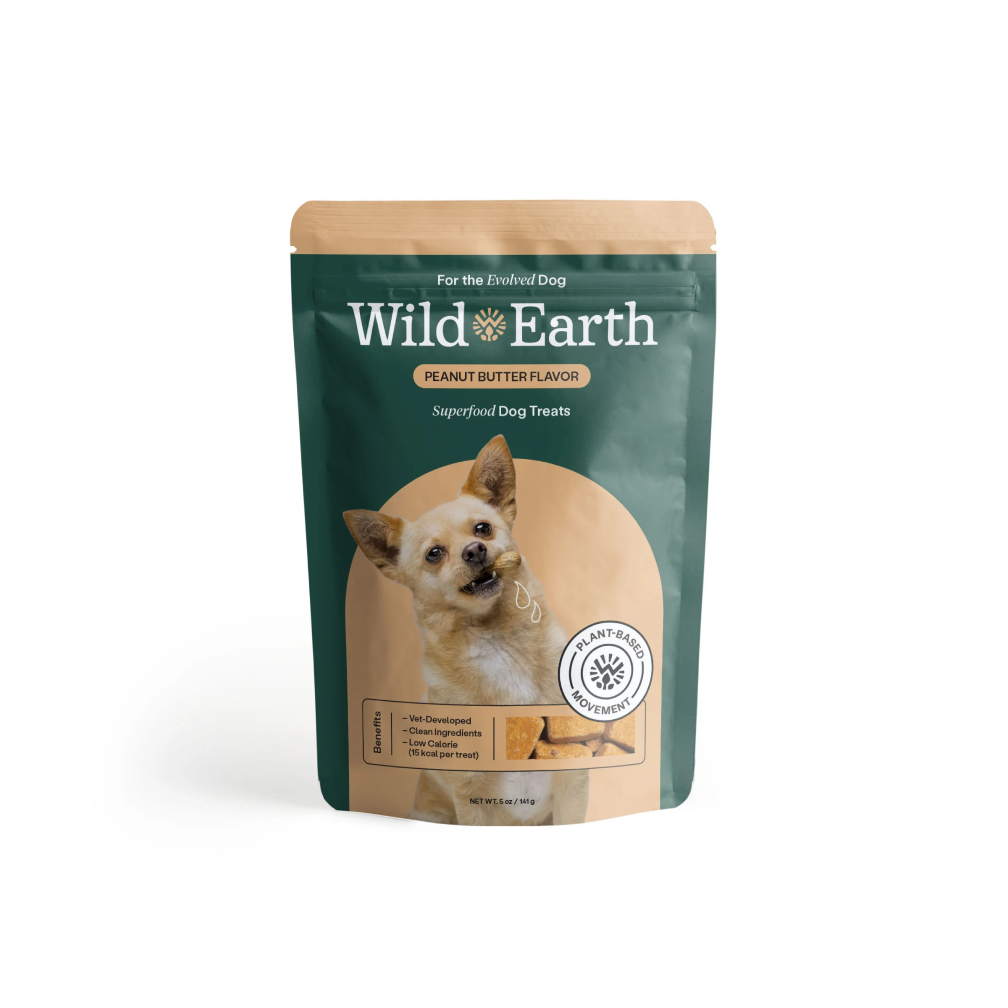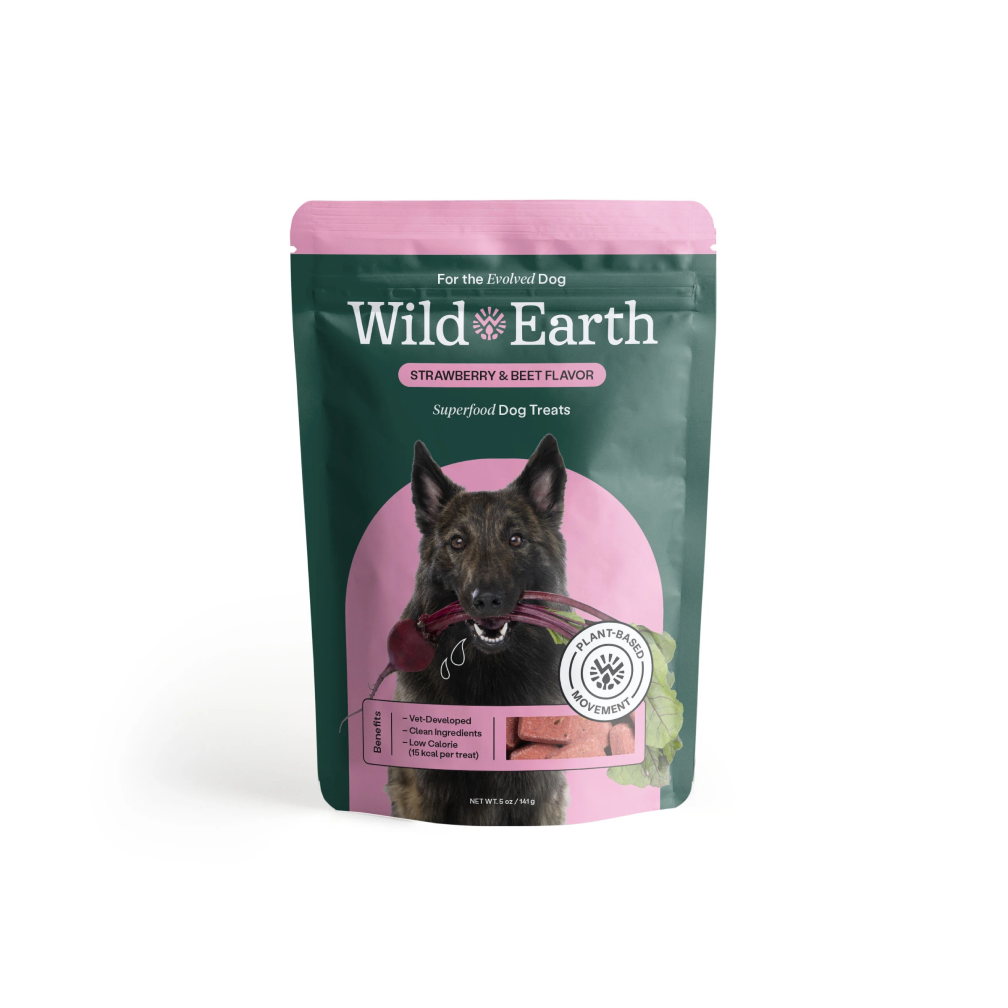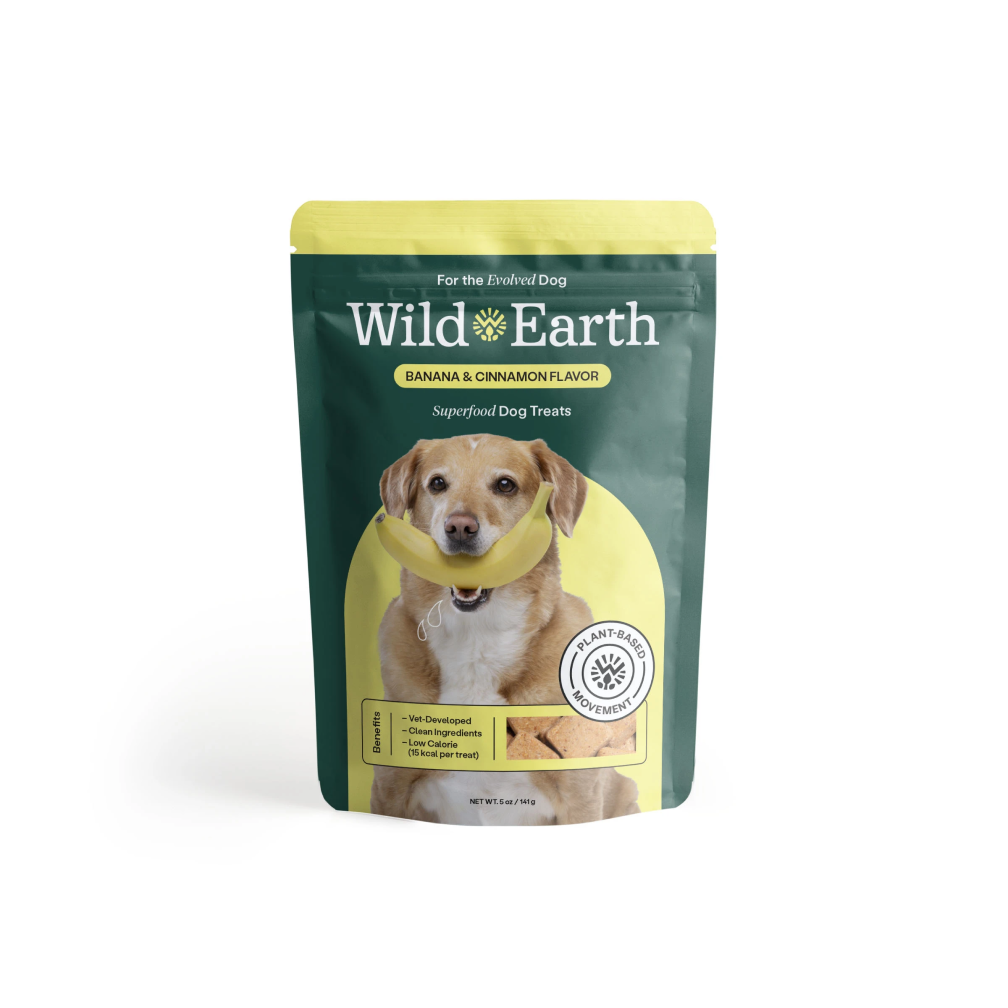
Omega 3 For Dogs - How Much Fish Oil To Give To Dogs
Omega 3 fatty acids are important for the health of your dog. Fish oil can help to prevent many diseases, such as arthritis and cancer, but can also promote heart health, healthy skin, and much more for your dog. In this article we will teach you everything you need to know about omega 3 for dogs and help you understand how much fish oil you should give to your dog.
What Is Omega 3 or Fish Oil?
Omega 3 fatty acids, often referred to as fish oil by consumers, are a type of essential fatty acid that is found naturally in certain types of food such as different types of fish, flaxseed, and certain plants. Omega 3 has been heavily tested in recent years and has shown great benefits for the health of humans as well as the health of dogs. Omega 3 and fish oil are most popularly known for their ability to decrease inflammation which can help to improve ailments such as arthritis, improve skin conditions, and even help to improve digestive issues.
Benefits of Giving Your Dog Fish Oil
Omega 3 fatty acids appear naturally in your dog's system, but many dogs don't receive the required amount to see the potential benefits. So giving your dog a supplement that contains omega 3 and other additional nutrients, then you can expect to see a variety of health benefits in the life of your dog. Omega 3 and fish oil have been proven to have the potential to help reduce inflammation in your dog, improve their skin and coat, aid digestive health issues, relieve joint pain, and more.
Therefore, omega oil is a great option to add in when looking for supplements or vitamins that can help provide your dog with the necessary nutrients and support their overall well-being. As mentioned before omega oil has been heavily studied in recent years and it has shown incredible results when given to dogs suffering from anxiety issues or other mental conditions such as depression. Fish oil has also been known to be able to improve eyesight which makes this supplement an excellent choice for older dogs that are having problems seeing things around them clearly. In a recent review of our dog food, PetKeen talked about the benefits their dogs saw from having Omega-3 in our food.
What Are The Different Types of Omega 3?
There are multiple different types of omega 3 as well as multiple other types of fatty acids. This can make it difficult for dog owners who are looking for a health supplement for their dog. There are three different types of omega 3s. The three types are EPA (eicosapentaenoic acid), DHA (docosahexaenoic acid), and Alpha Lipoic Acid (ALA). Some dog supplements will contain all three of these different types of omega 3 but others may only contain one or two of the different types. The most beneficial types for the health of your dog are typically thought to be EPA and DHA.
It also gets even more confusing as along with just omega 3, there are other types of omega fatty acids such as omega 6 and omega 9. These are different types of fats that can be beneficial for the health of your dog depending on your dog's nutritional needs. It is common to see some of these other types of fat within the supplements you give to your dog.
How Much Omega 3 Does My Dog Need Daily?
Many omega supplements will recommend the amount of omega fatty acids you need to give your dog. This is typically measured in milligrams (mg) per day so be sure to pay close attention to this number when looking at any omega supplement you buy for your pet.
Some omega supplements also have different amounts depending on how old or large your dog is as well, again check the label carefully before buying anything. However if it just gives a total mg given per day then that means all dogs should get that same dose every single day regardless of size and age which makes things easier.
Below are a few general recommendations for how much fish oil to give to your dog. These numbers are generalities and you should use your veterinarian and the nutritional label of the product to have a better understanding of how much omega 3 to give to your dog.
Recommended Omega 3 Dosing For Dogs
The amount of omega 3 you give your dog will vary greatly depending on the size of your dog, it's breed, activity levels, the specific product it is being given, and much more. The below chart will give you a basic understanding of the recommended dosage of omega 3 for dogs. It is important to note that these numbers are just generalities and you should use the nutritional label on the back of your supplement package for a better idea of dosage information.

What Are Natural Sources of Omega 3?
One of the most well known omega 3 sources for dogs are fish, which is why it's included in many commercial dog foods. However, some owners prefer to feed their pets an omega 3 supplement because they don't want to give their pet any levels of mercury or other toxins that might be present in fish. You can find omega threes from plant based products like flax seed and algae as well as fruits and vegetables such as oranges, tomatoes, carrots, green leafy veggies (spinach), squash etc.
Many omega 3s come in the form of capsules, which you can give to your pet daily or as needed for omega deficiency. Some omega 3s are available in liquid form and some even come in chewable tablets. It's important that before you pick an omega supplement for dogs, make sure it is pure enough for consumption by animals. Omega supplements should not contain any added ingredients like preservatives, artificial colors, or other questionable ingredients. It is important to carefully read the ingredient list of any supplement you are thinking about giving to your dog.
Wild Earth offers veterinarian-developed and science-backed daily supplements for dogs that can help with skin issues, digestive issues, and joint pain.
How To Choose A Good Fish Oil For Your Dog
Omega supplements can be a great way to help your dog maintain optimum health. Omega fatty acids have been shown in scientific studies to support heart and brain development, skin and coat condition, joint mobility, eye sight, immune function, and much more. This is why omega 3 is one of the most recommended supplements or nutrients to give to your dog.
The omega supplement you choose should contain at least 500 mg of EPA per capsule or tablet or less depending on the health and weight of your dog. You may want to consider choosing an omega-supplement blend that contains both omega-3 (EPA) and omega 6 fatty acids from plant oils. This type of omega supplement will provide the additional benefits of omega 6 fatty acid without increasing body weight or aggravating food sensitivities as it does not contain animal fat found in fish.
At the end of the day, you want to provide your dog with the healthiest supplement available. That is why we development our dog supplement line that was developed with the help of veterinarians and utilizes the most recent scientific data to provide your dog with the safest and healthiest option possible.
Are There Any Potential Side Effects Of Fish Oil For Dogs?
Fish oil for dogs is a powerful supplement that can provide your dog with omega-rich fatty acids, but like anything else it does come with potential side effects. Omega 3 and fish oil can be considered very safe for the health of your dog as long as you follow the instructions correctly and only give your dog the recommended dosage.
First of all, you need to note the difference between omega-fatty acid supplements and fish oils. Omega fat supplements are typically plant based sources such as flaxseed or grape seed oil while omega three fatty acids found in fish oils are an animal product similar to meat. This means that omega six fatty acids may be absent from omega threes, which results in weight gain due to an increase in appetite without having any additional calories present.
Additionally, it is important to note that giving your dog too much omega 3 can also have side effects such as diarrhea, digestive pain, or other issues. This is why it is important to only give your dog the recommended dosage of omega 3.
How To Store Omega 3 Fish Oil For
It is important to store omega-three fatty acids in a cool, dry place. The refrigerator should be used as the best option for storage purposes. Make sure that you keep it away from food items and beverages since omega-three fish oil can cause these items to spoil faster than normal. You should also make sure that children do not have access to omega three supplements because they are harmful if taken by an individual who has not been recommended them by their doctor or veterinarian. It is always better practice to use omega-three supplements under supervision of your dog's veterinary professional so that dosage instructions can be followed strictly for maximum benefits with minimum side effects.









